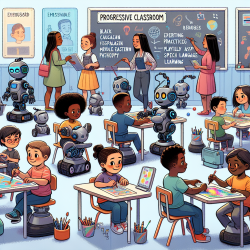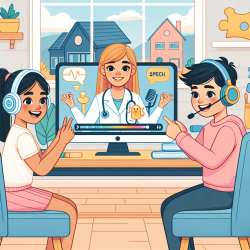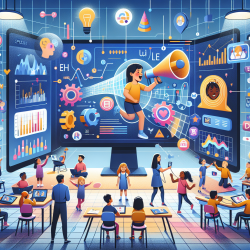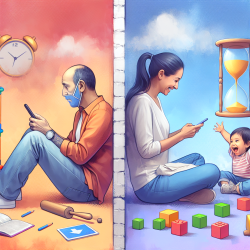Introduction
The integration of technology in education has paved the way for innovative learning methods, one of which is Physically Assisted Learning (PAL). The research paper titled PAL: A Framework for Physically Assisted Learning Through Design and Exploration With a Haptic Robot Buddy explores the potential of haptic robotics in enhancing educational outcomes. This blog delves into how practitioners can leverage these insights to improve their educational practices.
The PAL Framework: A Brief Overview
The PAL framework is rooted in experiential learning theory, which emphasizes learning through experience. It integrates haptic feedback to enrich the learning process, making abstract concepts more tangible. This framework supports two critical stages of experiential learning: Active Experimentation (AE) and Concrete Experience (CE).
Implementing PAL in Educational Settings
Practitioners can implement the PAL framework by incorporating haptic devices into their teaching methodologies. These devices provide tactile feedback, allowing students to physically interact with virtual models. This interaction helps in developing a deeper understanding of complex concepts, particularly in STEM education.
Benefits of Haptic Feedback in Learning
- Enhanced Engagement: Haptic feedback makes learning more interactive and engaging, capturing students' attention and fostering active participation.
- Improved Conceptual Understanding: By physically manipulating virtual models, students can better grasp abstract concepts, leading to improved academic performance.
- Facilitated Collaboration: Haptic technology encourages collaborative learning, allowing students to work together in solving problems and conducting experiments.
Challenges and Considerations
While the benefits are significant, integrating haptic technology in education comes with challenges. These include the cost of devices, the need for technical support, and the requirement for teachers to adapt to new teaching tools. Overcoming these challenges requires strategic planning and investment in teacher training.
Encouraging Further Research
To maximize the potential of PAL, further research is needed to explore its applications across different educational contexts. Practitioners are encouraged to participate in research studies and contribute to the development of more effective haptic learning tools.
Conclusion
The PAL framework offers a promising approach to enhancing educational outcomes through technology. By embracing haptic robotics, educators can create more engaging and effective learning experiences for students. For those interested in exploring this further, the original research paper provides a comprehensive guide to implementing PAL in educational settings.
To read the original research paper, please follow this link: PAL: A Framework for Physically Assisted Learning Through Design and Exploration With a Haptic Robot Buddy.










